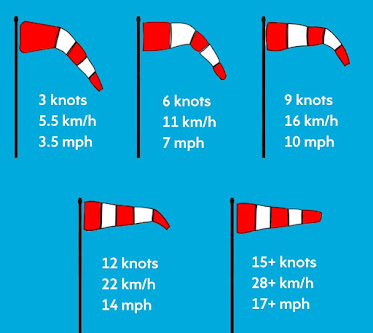A QR code or Quick Response code is a type of two-dimensional barcode invented in 1994 by the Japanese automotive company with the purpose to track vehicles during manufacturing. The Quick Response system became popular due to its fast readability and greater storage capacity compared to standard barcodes. A QR code consists of black squares arranged in a square grid on a white background, which can be read by an imaging device such as a camera. The point of the QR code is to allow you to easily access their website without typing any web addresses into your phone — just by scanning a picture.

When your Smartphone scans the QR code, it translates that information into something that can be easily understood by humans. QR codes can be divided into various parts as shown below.
1. Quiet zone: An empty white border that makes it possible to isolate the code from among other printed information (for example, on a dirty envelope, among the black and white print of a newspaper).
2. Finder patterns: One unique feature of QR code is that it can be read at any orientation be it at angle or upside down. These 3 squares allow the reader (an app on your smartphone or a dedicated one) to determine the code’s orientation, size and viewing angle. If all 4 corners were the same, the scanner would not know if the code was the right way up, upside down, or rotated 90 degrees clockwise or anticlockwise.
3. Alignment pattern: This ensures the code can be read even if it's distorted (viewed at an angle, printed on a curved surface, and so on).
4. Timing pattern: This runs horizontally and vertically between the three finder patterns and consists of alternate black and white squares. The timing pattern makes it easy to identify the individual data cells within a QR code and is especially useful when the code is damaged or distorted.
5. Version information: There are various different versions of the QR code standard; the version information (positioned near two of the finder patterns) simply identifies which one is being used in a particular code.
6. Data cells: Each individual black or white square that's not part of one of the standard features (the timing, alignment, and other patterns) contains some of the actual data in the code.
So, QR codes contain a lot of data that we see in form of boxes. Every pattern of QR code has a different set of data inside. So from the next time you see a QR code, you know the purpose of those 3 squares.
Thank you for reading the article.










